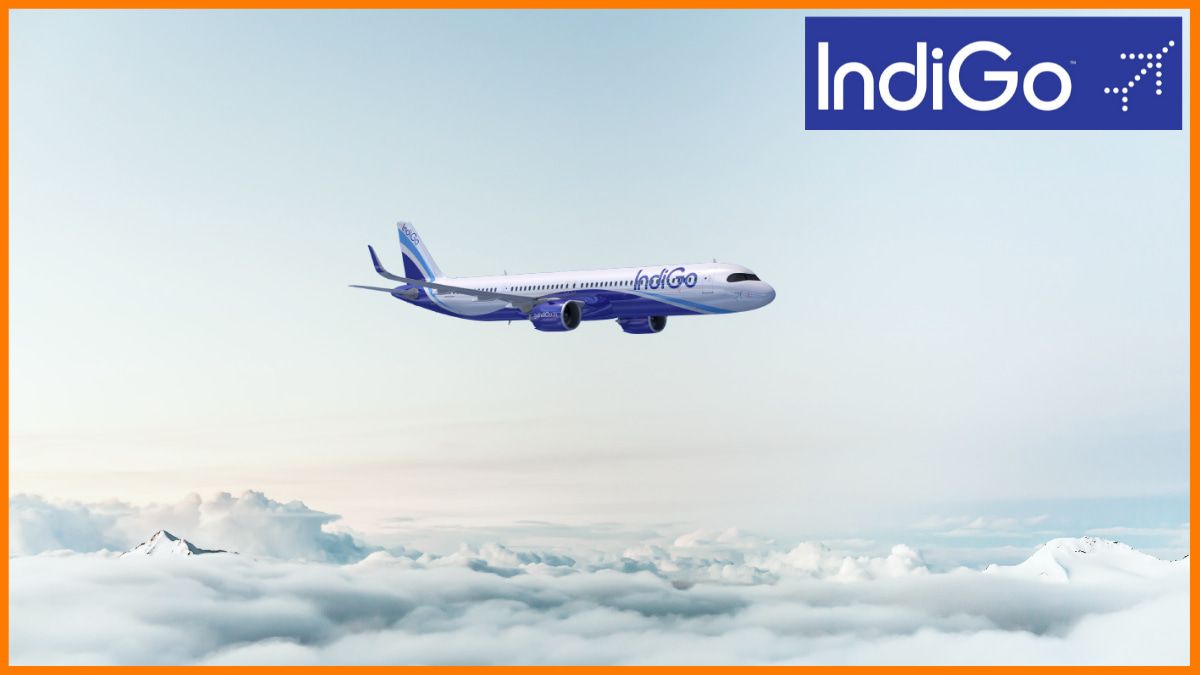Indian Civil Aviation Industry - Who Leads the Market?
🔍Insights
The aviation industry in India is the fastest-growing sector in the world as per the International Air Transport Association (IATA). The manufacturing hub of Indian aviation is located in Bangalore and the UDAN scheme of the government drives the growing civil aviation and aviation infrastructure in the country.
Indian civil aviation industry is broadly classified into scheduled air transport which includes domestic and international airlines, non-scheduled air transport which includes charter operators and air taxi operators and air cargo transport which includes air transportation of cargo and mail. As was the case with all commercial activity, the Indian civil aviation industry was severely affected due to the covid-19 pandemic. However, not only has the industry recovered but witnessed a robust growth of 104.24% in one year. This is evident from the figures of the air traffic movement which stood at 613,566 in the first quarter of FY 2022-2023 as opposed to 300,405 in the first quarter of FY 2021-2022.
Currently ranked at number 7 in the global civil aviation market, Indian civil aviation is expected to become the third largest within the next ten years. It is already the third-largest domestic aviation market in the world and is expected to become the third-largest air passenger market by 2024, overtaking the United Kingdom.
History
Growth of Civil Aviation Industry & Its Challenges
Current Leaders In The Civil Aviation Market
Conclusion
History
The civil aviation industry of India can be traced back to 17th February 1911 when the first commercial flight took to the skies from Allahabad to Naini – a short distance of only 6 miles covered in approximately 15 minutes. This was the world’s first official airmail service as the Humber biplane carried 6500 pieces of mail piloted by Henri Pequet. The first commercial airline was Handley Page Indo-Burmese Transport flown on 15th October 1932 by J.R.D. Tata from Karachi to Juhu Airport. This airline later became Air India.
By 1953, there were eight domestic airlines that were operating independently within the country. They were Deccan Airways, Airways India, Bharat Airways, Himalayan Aviation, Kalinga Airlines, Indian National Airways, Air India, and Air Services of India. In March of that year, the Indian Parliament passed the Air Corporations Act resulting in the nationalization of the merger of all eight airlines into two government-owned entities – Indian Airlines focusing on domestic routes, and Air India International focusing on international services.
In 1972, The International Airports Authority of India (IAAI) was established followed by the National Airports Authority in 1986 and The Bureau of Civil Aviation in 1987. The Indian government de-regularized the civil aviation sector in 1991 leading to the introduction of the first national-level private airline – East-West Airlines, followed by Jet Airways which began operations in April 1992. By 1994 the Air Corporation Act was repealed allowing private airlines to operate scheduled services. This led several players like Air Sahara, Modiluft, Damania Airways, and NEPC Airlines to commence operations within the Indian skies.

Growth of Civil Aviation Industry & Its Challenges
Between 2004 and 2005 many low-cost airline carriers entered the Indian market. Prominent operators among them were Air Deccan, Indigo, Air Sahara, Kingfisher Airlines, SpiceJet, GoAir, and Paramount Airways. However, soon the industry was riddled with problems as it struggled with rising fuel and operations costs and economic slowdown. There was a flurry of mergers, acquisitions, and discontinuation of services within the market players. Paramount Airways closed operations in 2010 while Air Sahara was bought by Jet Airways and Air Deccan was acquired by Kingfisher Airlines in 2007. Kingfisher Airlines closed operations in 2012. A joint venture between Air Asia and Tata Sons led to the launch of AirAsia India in 2014 – another low-cost carrier. Another carrier, Vistara was also launched due to a joint venture between Tata Sons and Singapore Airlines. By 2013 and 2014 only two low-cost carriers, GoAir and Indigo were generating profits through their operations.
Current Leaders In The Civil Aviation Market
With the number of airline operators within the Indian civil aviation sector, Indigo and Jet Airways was operating neck to neck in the year 2018. However, the latter was riddled with financial difficulties that led to operations being suspended by April 2019. This left the field open for Indigo with little or no competition from other players. By the year 2022, Indigo was dominating the Indian airline space with a market share of almost 55%.

What has resulted in Indigo’s market domination is its no-frills approach and low-cost domestic flying. During the fiscal year 2022, Indigo carried more than 46.6 million passengers according to the Directorate-General of Civil Aviation. The airline has registered the least number of customer complaints and has ranked at number 4 among the country’s most punctual airlines registering almost 84% of on-time arrivals. Indigo rates high on domestic popularity which is indicative of soaring growth in the future.
Conclusion
The Indian Civil Aviation Industry has received strong backing from the government and is increasingly emerging as a fast-growing sector. The sector has established itself as a credible alternative to road or rail journeys. The growth trajectory of the industry currently indicates that by the year 2034, it may well become one of the largest aviation markets in the world.
FAQs
Who are the major players in the Indian Civil Aviation Industry?
The major players in the Indian Civil Aviation Industry include:
- IndiGo
- SpiceJet
- Air India
- Vistara
- GoAir
- AirAsia India
- Air India Express
What is the contribution of the Indian Civil Aviation Industry to the country's GDP?
According to a report by the Ministry of Civil Aviation, the Indian Civil Aviation Industry contributed about 0.5% to the country's GDP in the financial year 2019-20. The industry provides direct and indirect employment to millions of people and has a significant impact on the economy.
What are the key challenges faced by the Indian Civil Aviation Industry?
The Indian Civil Aviation Industry faces several challenges, some of the key ones are:
- High operating costs: The industry is faced with high operating costs, which include fuel prices, airport charges, and taxes.
- Infrastructure constraints
- Competition: The industry is highly competitive, with several players vying for market share. This has resulted in price wars and cost-cutting measures that impact the quality of services offered.
Must have tools for startups - Recommended by StartupTalky
- Convert Visitors into Leads- SeizeLead
- Website Builder SquareSpace
- Manage your business Smoothly Google Business Suite







